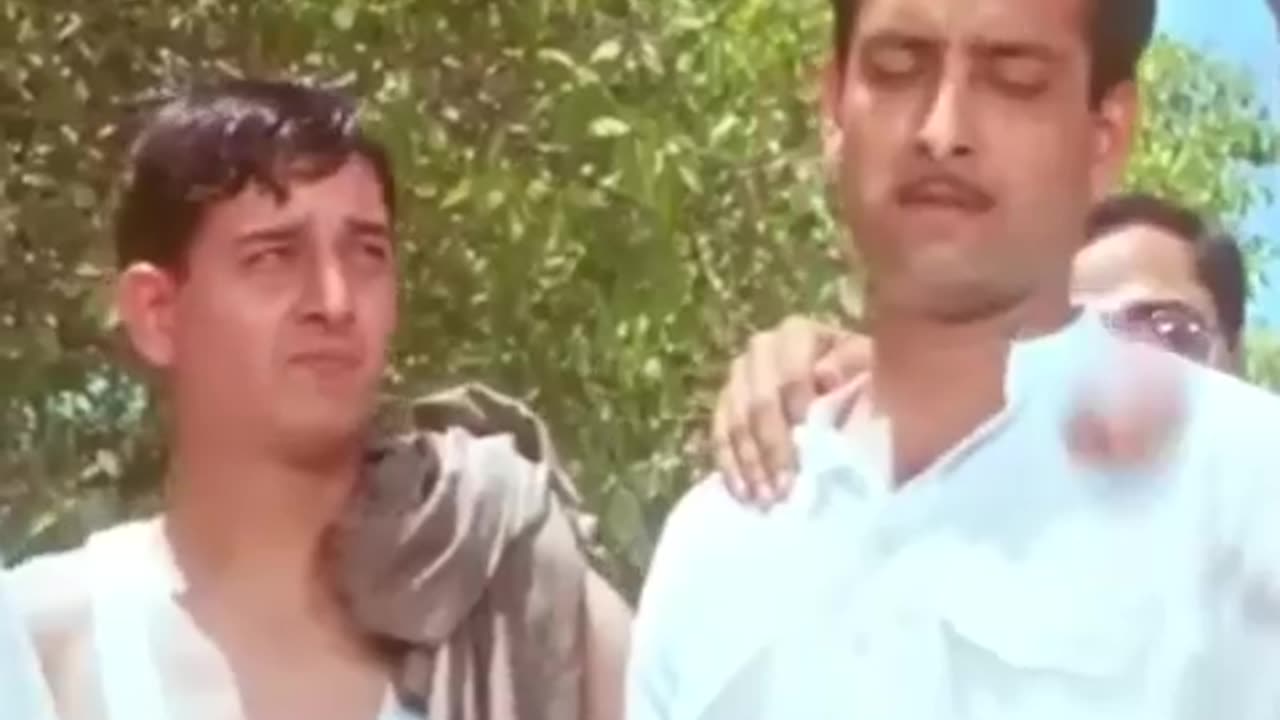Premium Only Content

Bhagat Singh the legend Indian freedom fighter...
This article is about the Indian socialist revolutionary. For the Indian-American civil rights activist, see Bhagat Singh Thind.
Bhagat Singh
Bhagat Singh 1929.jpg
Singh in 1929
Born 27 September 1907[1]
Banga, Lyallpur District, Punjab Province, British India
(present-day Faisalabad District, Punjab, Pakistan)
Died 23 March 1931 (aged 23)
Lahore Central Jail, Lahore, Punjab Province, British India
(present-day Lahore District, Punjab, Pakistan)
Cause of death Execution by hanging
Monuments Hussainiwala National Martyrs Memorial
Other names Shaheed-e-Azam
Organization(s) Naujawan Bharat Sabha
Hindustan Socialist Republican Association
Notable work Why I Am an Atheist
Movement Indian independence movement
Criminal charges Murder of John P. Saunders and Channan Singh[2]
Criminal penalty Capital punishment
Criminal status Executed
Parents
Kishen Singh Sandhu (father)
Vidyavati Kaur (mother)
Bhagat Singh (27 September 1907[1] – 23 March 1931) was a charismatic Indian revolutionary[3] who participated in the mistaken murder of a junior British police officer[4] in what was to be retaliation for the death of an Indian nationalist.[5] He later took part in a largely symbolic bombing of the Central Legislative Assembly in Delhi and a hunger strike in jail, which—on the back of sympathetic coverage in Indian-owned newspapers—turned him into a household name in the Punjab region, and after his execution at age 23 into a martyr and folk hero in Northern India.[6] Borrowing ideas from Bolshevism and anarchism,[7] he electrified a growing militancy in India in the 1930s, and prompted urgent introspection within the Indian National Congress's nonviolent but eventually successful campaign for India's independence.[8]
In December 1928, Bhagat Singh and an associate, Shivaram Rajguru, both members of a small revolutionary group, the Hindustan Socialist Republican Association (also Army, or HSRA), shot dead a 21-year-old British police officer, John Saunders, in Lahore, Punjab, in what is today Pakistan, mistaking Saunders, who was still on probation, for the British senior police superintendent, James Scott, whom they had intended to assassinate.[9] They held Scott responsible for the death of a popular Indian nationalist leader Lala Lajpat Rai for having ordered a lathi (baton) charge in which Rai was injured and two weeks thereafter died of a heart attack. As Saunders exited a police station on a motorcycle, he was felled by a single bullet fired from across the street by Rajguru, a marksman.[10][11] As he lay injured, he was shot at close range several times by Singh, the postmortem report showing eight bullet wounds.[12] Another associate of Singh, Chandra Shekhar Azad, shot dead an Indian police head constable, Channan Singh, who attempted to give chase as Singh and Rajguru fled.[10][11]
After having escaped, Bhagat Singh and his associates used pseudonyms to publicly announce avenging Lajpat Rai's death, putting up prepared posters that they had altered to show John Saunders as their intended target instead of James Scott.[10] Singh was thereafter on the run for many months, and no convictions resulted at the time. Surfacing again in April 1929, he and another associate, Batukeshwar Dutt, set off two low-intensity homemade bombs among some unoccupied benches of the Central Legislative Assembly in Delhi. They showered leaflets from the gallery on the legislators below, shouted slogans, and allowed the authorities to arrest them.[13] The arrest, and the resulting publicity, brought to light Singh's complicity in the John Saunders case. Awaiting trial, Singh gained public sympathy after he joined fellow defendant Jatin Das in a hunger strike, demanding better prison conditions for Indian prisoners, the strike ending in Das's death from starvation in September 1929.
-
 LIVE
LIVE
Dr Disrespect
6 hours ago🔴LIVE - DR DISRESPECT - MARVEL RIVALS - GOLD VANGUARD
3,806 watching -
 1:15:00
1:15:00
Awaken With JP
5 hours agoMerry Christmas NOT Happy Holidays! Special - LIES Ep 71
75.8K79 -
 1:42:21
1:42:21
The Quartering
7 hours agoTrump To INVADE Mexico, Take Back Panama Canal Too! NYC Human Torch & Matt Gaetz Report Drops!
61.6K42 -
 2:23:15
2:23:15
Nerdrotic
6 hours ago $8.26 earnedA Very Merry Christmas | FNT Square Up - Nerdrotic Nooner 453
42.9K4 -
 1:14:05
1:14:05
Tucker Carlson
6 hours ago“I’ll Win With or Without You,” Teamsters Union President Reveals Kamala Harris’s Famous Last Words
122K267 -
 1:58:31
1:58:31
The Dilley Show
6 hours ago $27.24 earnedTrump Conquering Western Hemisphere? w/Author Brenden Dilley 12/23/2024
109K27 -
 1:09:59
1:09:59
Geeks + Gamers
7 hours agoSonic 3 DESTROYS Mufasa And Disney, Naughty Dog Actress SLAMS Gamers Over Intergalactic
70.5K16 -
 51:59
51:59
The Dan Bongino Show
8 hours agoDemocrat Donor Admits The Scary Truth (Ep. 2393) - 12/23/2024
739K2.23K -
 2:32:15
2:32:15
Matt Kohrs
19 hours agoRumble CEO Chris Pavlovski Talks $775M Tether Partnership || The MK Show
112K30 -
 28:23
28:23
Dave Portnoy
19 hours agoDavey Day Trader Presented by Kraken - December 23, 2024
147K40